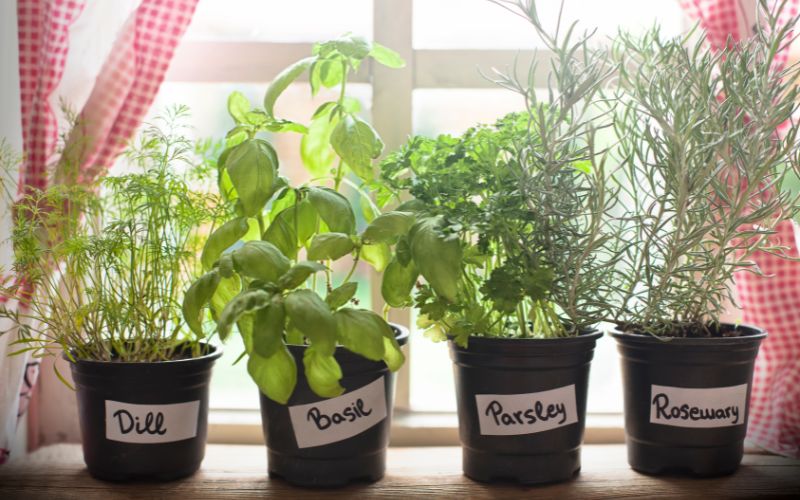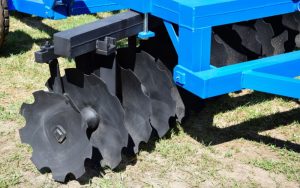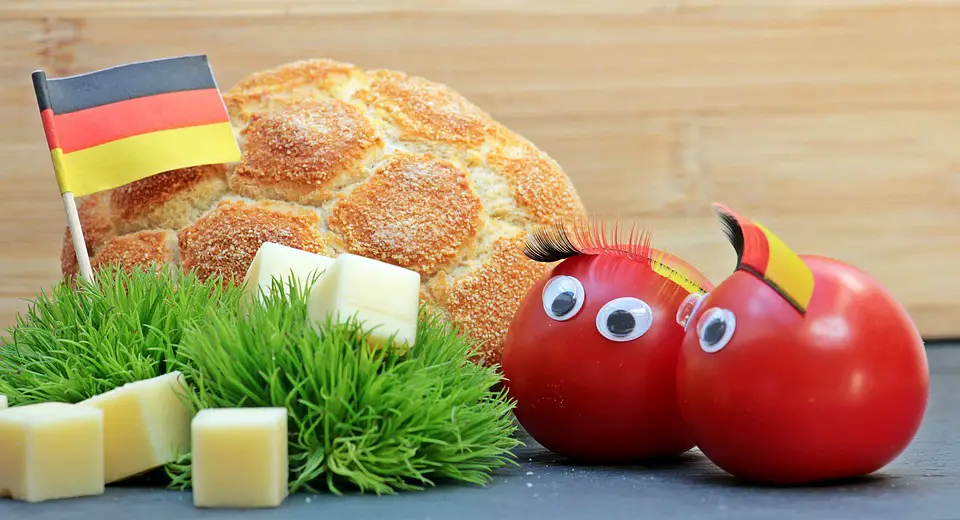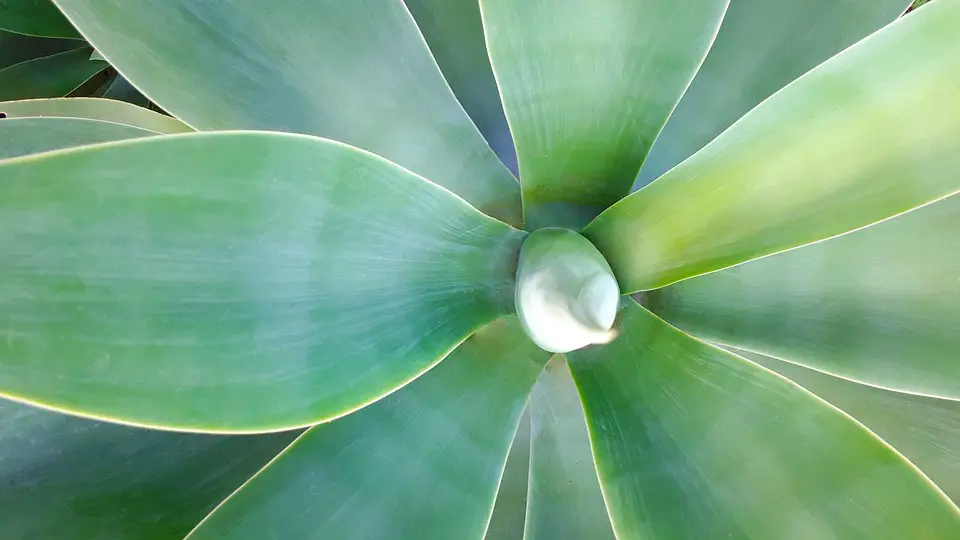Growing your own spices can be a rewarding experience.
Not only do you get to enjoy the delicious flavors of fresh spices, but you also get to control the quality and potency of the spices.
If you’re new to gardening, however, you might be wondering which spices are the easiest to grow.
Here are 6 of the best easy-to-grow spices for your garden.
Herbs are often the best and easiest of the spices to grow at home. They are often tolerant of a range of growing conditions and can be grown in both sun and shade. Many herbs, such as basil, oregano, sage, and thyme, can be started from seed or cuttings and will thrive in a pot on your windowsill.
The 6 easiest spices to grow at home
No matter what type of gardener you are, there’s nothing quite like being able to walk out to your own backyard and harvest the fruits (and veggies) of your labor.
And while herbs and spices can be a little trickier to grow than, say, tomatoes or carrots, the payoff is so worth it.
Fresh herbs make any dish taste gourmet, and they’ll save you a ton of money in the long run.
Not to mention, homegrown spices boast way more flavor than their store-bought counterparts.
So if you’re feeling ambitious this gardening season, why not give one (or all) of these six easy-to-grow spices a try?
Cilantro
If you love Mexican food, then cilantro is a must-have in your spice garden.
This pungent herb is used in everything from guacamole to carnitas, and it’s incredibly easy to grow.
All you need is a pot with drainage holes and some fresh potting soil, and you’re good to go.
Just make sure to water regularly and give your plant plenty of sunlight.
You can start harvesting cilantro leaves once the plant reaches about 6 inches tall.
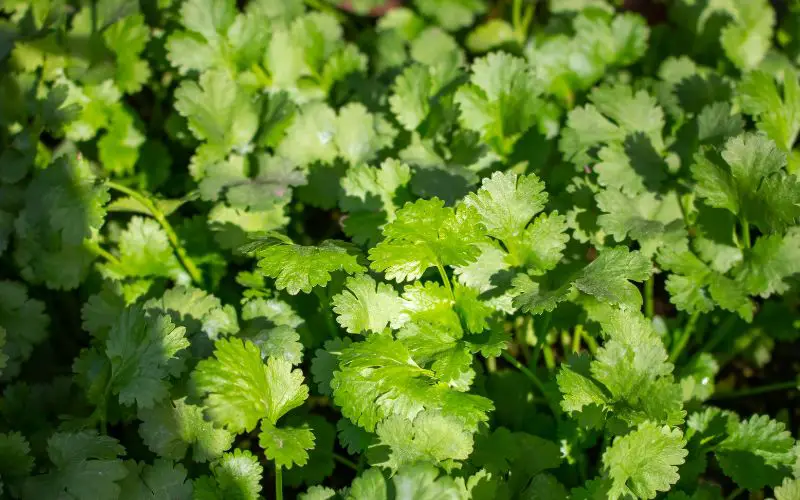
Parsley
Another versatile herb, parsley is perfect for adding a touch of flavor (and decoration) to just about any dish.
From pasta salads to soups and sauces, this unassuming little herb can do it all.
To grow parsley at home, simply sow the seeds in a pot filled with moistened soil.
Then place the pot in a sunny spot and water regularly.
Your parsley plant will be ready to harvest in about two months.
Basil
Is there anything basil can’t do? This sweet yet savory herb is essential in both Italian and Thai cuisine, and it tastes amazing whether it’s fresh or dried.
Plus, basil is super easy to grow indoors or out.
Just sow the seeds in some well-drained soil and water regularly.
You’ll be able to snip off leaves for cooking once the plant reaches about 6 inches tall.
For best results, pinch back the tips of basil plants every few weeks to encourage new growth.
Chives
If you love adding a touch of onion flavor to your dishes but don’t want the hassle of dealing with actual onions, then chives are the way to go.
These delicate little herbs are perfect for omelets, salads, dips—you name it.
To grow chives at home, start by planting the seeds in some moist soil.
Then place the pot in a sunny spot and water regularly until seedlings appear (this usually takes between 10 and 14 days).
Once your chives reach about 6 inches tall, you can start snipping off leaves for cooking.
Rosemary
This intensely flavorful herb is often used in Mediterranean cuisine, but it goes well with just about anything—trust us.
Rosemary is also known for its potent aromatics, making it a great choice for dried arrangements or as an addition to homemade potpourri mixes.
Luckily for us, this herb is surprisingly easy handle; rosemary thrives in both hot and cold climates alike.
To grow rosemary at home ,simply sow the seeds indoors 8 weeks before the last frost date in spring.
Once seedlings appear, transplant them into pots filled with well-drained soil and place them in a sunny spot outdoors.
You’ll be able to harvest rosemary year-round.
Just make sure not too overdo it when snipping off leaves—rosemary plants don’t respond well to heavy pruning .
Thyme
This fragrant herb is used in everything from poultry seasoning blends to grilled meats ,and it pairs especially well with lemon.
To grow thyme at home, start by sowing the seeds indoors 4 weeks before the last frost date in spring.
Once seedlings appear, transplant them into a pot with well-drained soil and place it in full sunlight.
Water regularly until the soil feels slightly moist to the touch but not wet or soggy.
Harvest thyme leaves when they reach more than 1 inch in length.
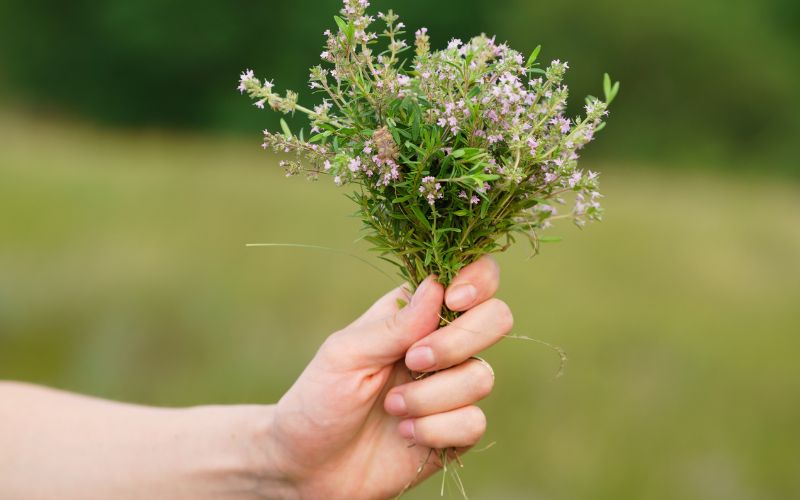
What you’ll need to grow your own spices at home
First things first – let’s talk about what you’ll need to get started.
To grow spices, you’ll need:
-A pot or container big enough to accommodate your chosen plant
-Potting soil
-Your chosen spice seedlings or seeds
-Water
Once you have all of these things gathered, you’re ready to start growing!
Step One: Planting the Seeds or Seedlings
If you’re starting with seeds, the first step is to plant them in your pot or container.
Place a few seeds in the potting soil, making sure that they’re spaced a few inches apart. Once the seeds are planted, water them thoroughly.
If you’re using seedlings instead of seeds, plant them in the same way – making sure to space them a few inches apart.
Again, water thoroughly after planting.
Step Two: Caring for Your Plants
Once your plants are in the ground, it’s time to start caring for them.
Here are a few tips on how to do that:
-Make sure to water your plants regularly, especially during hot weather. Wilted leaves are a sign that your plant needs more water.
-Fertilize your plants once every month or so using a general-purpose fertilizer. This will help them grow strong and healthy.
-Place your pot in an area where it will receive plenty of sunlight. 6-8 hours of sunlight per day is ideal.
Step Three: Harvesting Your Spices
Once your plants have grown and flourished, it’s time to harvest your spices.
Depending on the spice you’ve chosen to grow, this can be done in different ways.
For example, if you’re growing basil, you can simply snip off the leaves as needed.
If you’re growing oregano, on the other hand, you’ll need to wait until the plant has flowered before cutting it back and harvesting the leaves.
Final Words
These are just a few of our favorite easy to grow spices for your garden.
If you’re new to gardening or just looking for some low-maintenance plants, these herbs are a great place to start.
Remember to give them plenty of sun (though they will tolerate some shade), well-drained soil, and occasional fertilization, and you’ll be harvesting your own homegrown spices in no time.

